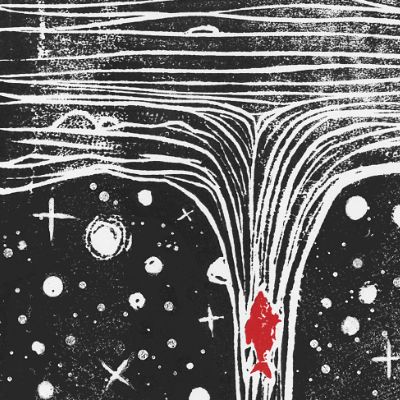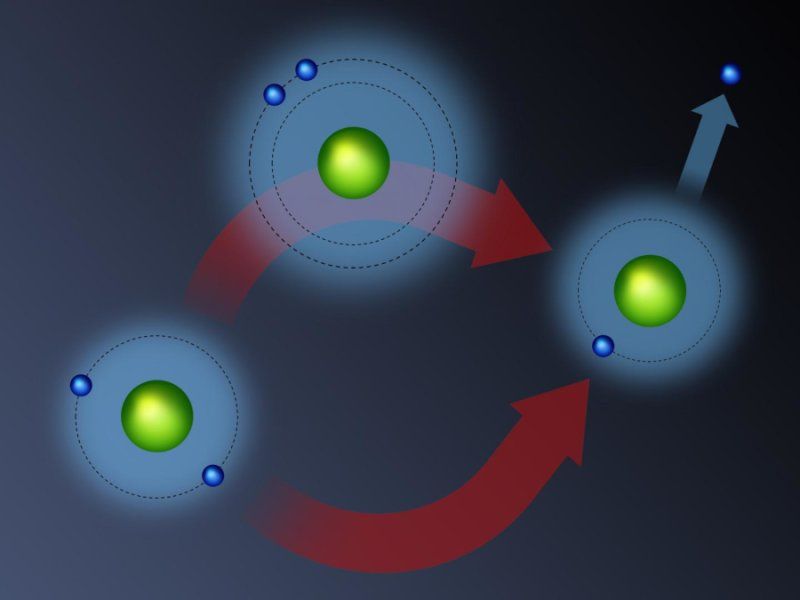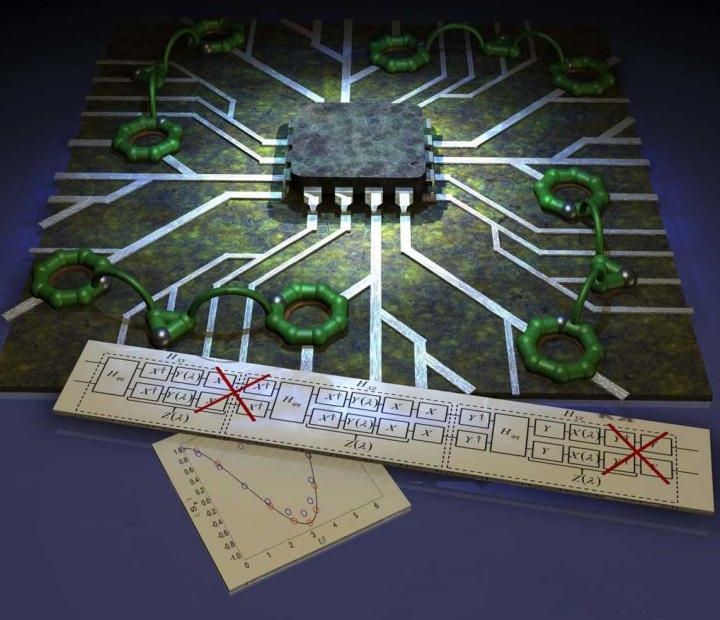Nov 10, 2016
Quantum Weirdness is Everywhere in Life
Posted by Karen Hurst in categories: particle physics, quantum physics
Weird quantum effects are so delicate it seems they could only happen in a lab. How on Earth can life depend on them?
The point of the most famous thought-experiment in quantum physics is that the quantum world is different from our familiar one. Imagine, suggested the Austrian physicist Erwin Schrödinger, that we seal a cat inside a box. The cat’s fate is linked to the quantum world through a poison that will be released only if a single radioactive atom decays. Quantum mechanics says that the atom must exist in a peculiar state called ‘superposition’ until it is observed, a state in which it has both decayed and not decayed. Furthermore, because the cat’s survival depends on what the atom does, it would appear that the cat must also exist as a superposition of a live and a dead cat until somebody opens the box and observes it. After all, the cat’s life depends on the state of the atom, and the state of the atom has not yet been decided.
Yet nobody really believes that a cat can be simultaneously dead and alive. There is a profound difference between fundamental particles, such as atoms, which do weird quantum stuff (existing in two states at once, occupying two positions at once, tunnelling through impenetrable barriers etc) and familiar classical objects, such as cats, that apparently do none of these things. Why don’t they? Simply put, because the weird quantum stuff is very fragile.


















